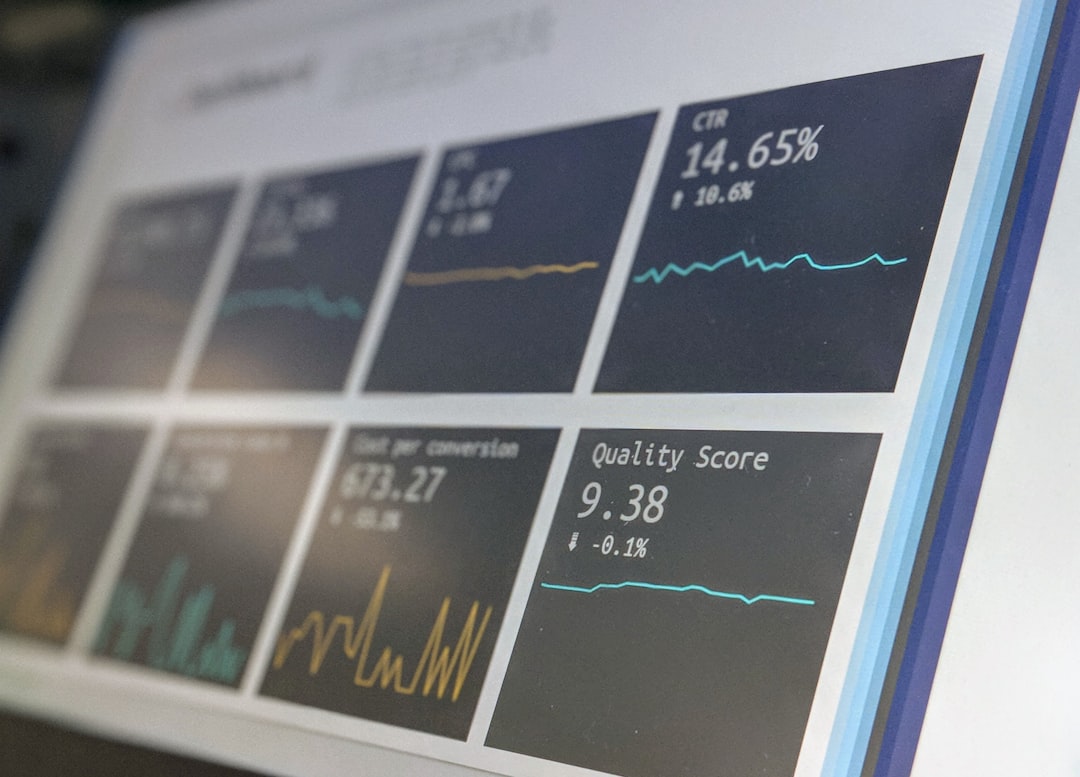
Understanding GDP: The Cornerstone of Economic Assessment and Its Significance
# Introduction. Gross Domestic Product (GDP) is a term that frequently surfaces in economic discussions, news reports, and policy debates. It serves as a compass for understanding a nation's economic performance, providing a bird's eye view of how well an economy is functioning at a given time. But what exactly is GDP, and why does it matter? This post delves into the intricacies of GDP, how it is calculated, its usefulness, and the limitations of relying on it as the singular measure of economic wellbeing. # What is GDP?. GDP is defined as the total monetary value of all goods and services produced within a country's borders in a specific time period, typically annually or quarterly. This measure includes everything from the cars rolling off an assembly line and the smartphones filling store shelves to the services rendered by healthcare professionals and educators. Essentially, GDP encapsulates the economic activities that contribute to the gross output of an economy. There are three main approaches to calculating GDP: the Production Approach, the Income Approach, and the Expenditure Approach. The Production Approach sums the value added at each stage of production for all goods and services, the Income Approach totals payments to factors of production (wages, rents, interests, profits), and the Expenditure Approach accounts for total spending on the economy’s final goods and services. Each method should, in theory, result in the same GDP figure, thereby providing a holistic view of economic activity. # Why GDP Matters: Indicators of Economic Health. GDP acts as a critical indicator of economic health and is essential for policymakers, businesses, and investors. A growing GDP generally indicates a flourishing economy, allowing governments to pursue broader public programs and maintain employment levels. Conversely, a contracting GDP can signal an impending recession, prompting quick action from fiscal and monetary policy makers. Moreover, GDP growth often correlates with improvements in living standards, which is why many governments advocate for consistent economic growth. An increasing GDP usually means more jobs, better wages, and improved public services. In essence, GDP drives much of the policy-making in contemporary economics, as its measurement plays a pivotal role in guiding decision-making at multiple levels. # Understanding GDP per Capita: A Deeper Insight. While GDP provides a macro overview of a nation's economy, GDP per capita offers a nuanced perspective by dividing GDP by the population. This measure indicates the average economic output per person, shedding light on living standards and individual prosperity. High GDP per capita figures often reflect better quality of life metrics, including access to healthcare, education, and various social services. However, it's crucial to interpret GDP per capita cautiously, as high figures can also mask disparities in income distribution. # Limitations of GDP as an Economic Metric. Despite its utility, relying solely on GDP to gauge a nation's wellbeing has its pitfalls. One notable limitation is its failure to account for the informal economy, where significant economic activities occur outside regulated markets. GDP also neglects environmental factors, such as the depletion of natural resources or the costs associated with pollution and other negative externalities. For example, a country may experience an increase in GDP due to pollution-heavy manufacturing processes, which may not signify genuine economic progress but rather a degradation of quality of life over time. Furthermore, GDP ignores societal factors such as income inequality, which can significantly impact the overall wellbeing of a population. In reality, an increase in GDP could enrich only a small portion of the population while leaving a vast majority behind, thus failing to present an accurate picture of economic health. # Conclusion. In summation, GDP is an essential economic metric that serves as a barometer for assessing the state of a nation's economy and its growth trajectory. Its calculations, particularly through the production, income, and expenditure methods, present a broad view of economic activity. While GDP fuels policy decisions and indicates economic health, it must be complemented by broader measures of wellbeing, such as social equity and environmental sustainability, to paint a fuller picture of a country’s prosperity and quality of life. As the world grapples with complex economic dynamics, understanding the nuances of GDP will remain vital for both policymakers and the public alike. .








